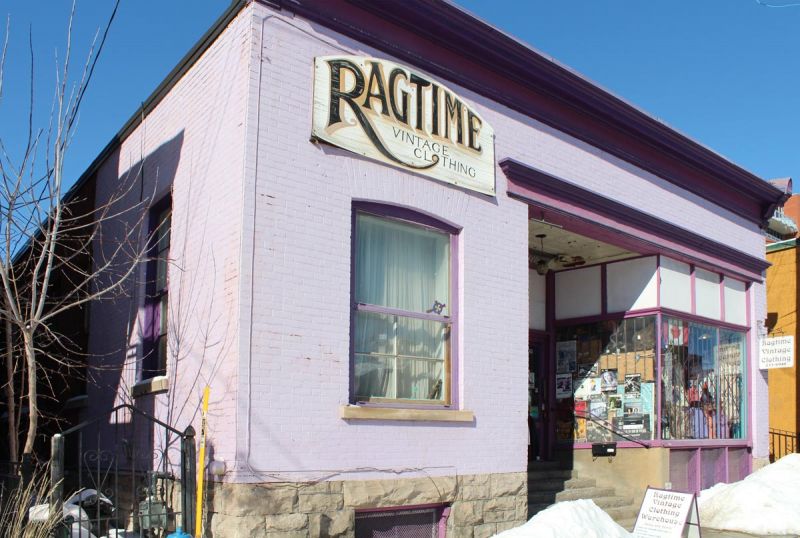

Even the principal roles, like the main characters of the several stories Doctorow intertwines in "Ragtime" with the Dickensian device of uncanny coincidence, are played by actors and actresses to whom we do not remember being introduced before, though we are likely to become quickly familiar with their distinct personalities.īut just as celebrities like Harry Houdini, Sigmund Freud, Morgan and Henry Ford do their star turns in Doctorow's book, nostalgic show-business celebrities pop up on the set in relatively minor roles. Doctorow's best-selling 1975 novel, "Ragtime" - an impressionistic and panoramic narrative about America's early 20th-century loss of innocence - are mostly anonymous actors and extras primarily contributing to the lively authenticity of the period atmosphere. Populating these scenes for the ambitious film version of E. On the back lot, in a cow pasture, stand several whole blocks of Madison Avenue and 36th Street, around the imposing white marble Morgan Library - six acres of period buildings and facades expensively reconstructed from the evidence of old photographs. Morgan's private library on the corner of Madison Avenue and 36th Street the richly furnished parlor of an elderly widow's brownstone across the street and the glittering open-air nightclub on the roof of architect Stanford White's most celebrated creation, Madison Square Garden. Inside the other giant sound stages, each as big as an airplane hangar, are the sumptuous interior of banker J. The meticulously detailed dining room is only one of a number of carefully crafted reproductions of high-society New York in the ragtime era of 1906 scattered around Shepperton Studios in the suburban countryside just outside London. The entrance of the haughtily beautiful Nesbit, trailing reporters and photographers, creates a swirl of excitement.Įverything appears as it would have 74 years ago, from the gilded decor and glittering chandeliers of Delmonico's to the diners' turn-of-the-century finery and the photographers' exploding flash powder. Clutching a long fat cigar, he quietly discusses the scene with a roomful of actors and actresses, and with his longtime cinematographer, fellow Czech emigre Miroslav Ondricek, before pacing impatiently to the periphery and commanding the action to begin. In stalks director Milos Forman, stocky, square-jawed, wearing blue jeans and brightly colored tennis shoes. One of the most impressive moments in this ambitious film is the appearance of veteran actor James Cagney who, at 81, plays feisty Police Commissioner Waldo.LONDON - It is 1906 and elegantly dressed diners in New York's ostentatious Delmonico's restaurant are buzzing over brandy and cigars about the scandal surrounding society beauty Evelyn Nesbit. Walker, a dignified man, turns to rage when he is tormented by local racists. Rollins), loosely modeled on Scott Joplin, begins to romance a pregnant young woman living in their home (Debbie Allen).

Their seemingly perfect existence is shattered when black ragtime pianist Coalhouse Walker (Howard E.

Another storyline follows the disintegration of an upper-class American family headed by Mary Steenburgen (simply named Mother) and James Olson (Father). Thaw (Robert Joy) murdered her lover, the famed architect Stanford White (Norman Mailer). Nesbit was the center of the infamous (and, in the film, the very compelling) Thaw-White murder case, in which her mentally unstable millionare husband Harry K. Starving immigrant artist Tateh (Mandy Patinkin) will eventually set off to make his fortune in Hollywood, but not without a chance encounter with Evelyn Nesbit (Elizabeth McGovern in the role of the real-life showgirl). Doctorow novel, RAGTIME tells the intricate story of four New York families-three of which are fictional-at the turn of the 20th century, each indicative of that time in American history, and highlighting some of the downsides of following the American Dream. Doctorow Adaptations Synopsis Based on the acclaimed and popular E.L.


 0 kommentar(er)
0 kommentar(er)
